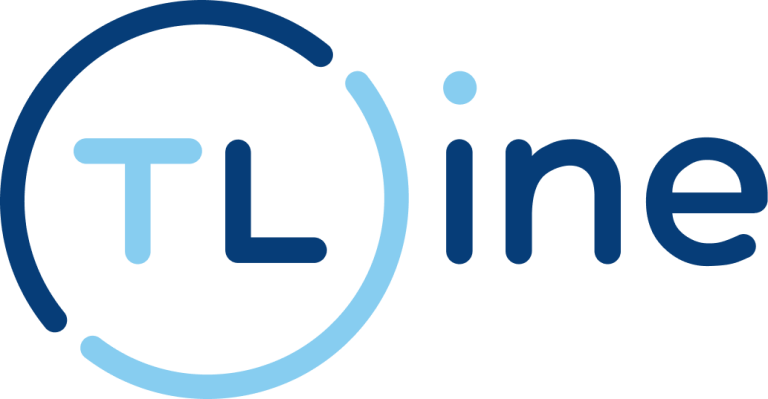In the last decade, the world has experienced a digital revolution that has transformed the way we access, share and manage information. From the rise of social media to the rise of emerging technologies, the exponential increase in data has been one of the most prominent features of this era. We are going to explore how the amount and nature of information has evolved from 10 years ago to today.
1.- Exponential Data Growth:
A decade ago, the term “big data” was beginning to resonate, and today, it has become a ubiquitous reality. The volume of data generated daily has grown on a monumental scale, driven by the proliferation of connected devices, the expansion of the Internet of Things (IoT), and the digitalization of virtually every aspect of daily life.
2. Social Networks and User Generated Content:
Social networks have gone from being emerging platforms to becoming information giants. 10 years ago, platforms like Facebook and Twitter were already established, but the amount of user-generated content has exploded since then. The addition of images, videos and live streams has greatly diversified the nature of shared content.
3. Advances in Artificial Intelligence and Data Analytics:
The last decade has seen significant advances in artificial intelligence and data analytics. Companies and organizations now have the ability to analyze large sets of data more quickly and accurately, extracting valuable insights that were previously difficult to obtain. This has led to more informed and strategic decision making in various fields, from medicine to business.

4. Cloud and Storage:
The rise of cloud computing has transformed the way we store and access data. A decade ago, cloud storage was in its nascent stages, but today it is an integral part of technology infrastructure. This has facilitated remote access to information and enabled more fluid collaboration at a global level.
5. Challenges of Information Overload:
Despite the benefits, the increase in information has also posed significant challenges, such as information overload and the need to filter relevant content. The ability to discern between accurate information and misinformation has become essential, highlighting the importance of digital literacy in today’s society.
Conclusions:
In the last 10 years, we have moved from a world where the amount of information was increasing at a rapid pace to an environment where information is ubiquitous, instantly accessible, and essential to almost all human activities. This change has driven innovations, but has also posed significant challenges. The next decade will likely continue to see evolutions in the way we generate, manage and understand information, highlighting the importance of adapting to this changing digital landscape. Information is the new fundamental resource, and how we manage and use it will greatly define the future of our digitally connected society.







